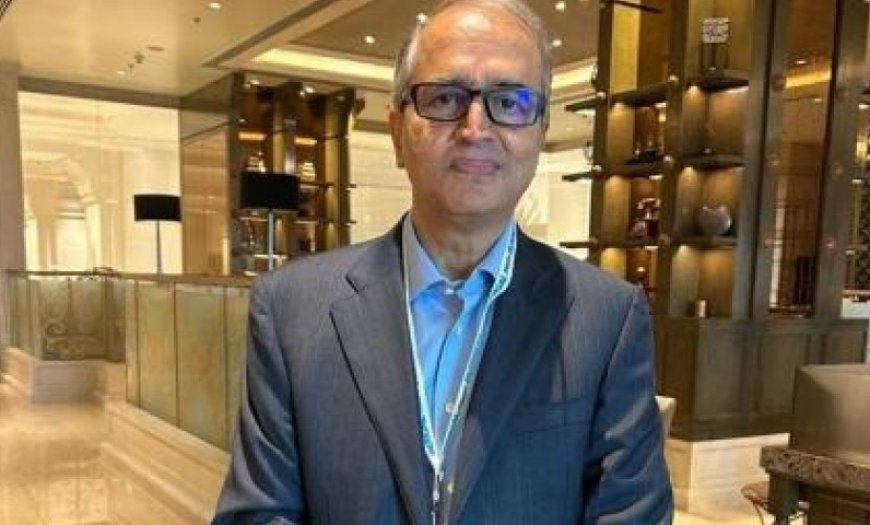Expanding Healthcare Infrastructures in Bengal: Transforming Treatment Accessibility and Cost Efficiency
Leaders Advocate for In-State Patient Care to Fuel Growth of Large Private Hospitals

In order to make the best use of its infrastructure and lower treatment costs in the private healthcare sector, Bengal needs more large private hospitals.
In order to make expansions feasible, patients from the state who are seeking treatment in other cities should first receive care here, according to the leaders of two healthcare chains on Wednesday.
At the Bengal Global Business Summit, Dilip Jose, the managing director and CEO of Manipal Health Enterprises, and Devi Shetty, the chairman of Narayana Health, expressed their belief that the increased presence of large hospital chains in Bengal would lead to a decrease in treatment costs.
"The expense of medical care must decrease. The number of procedures in India today prevents the cost from decreasing. Each hospital must double or triple its productivity in order to cut costs, Shetty said in an interview with The Telegraph on Wednesday.
"To make sure that everyone is taken care of, we need to reevaluate how hospitals draw in patients and how wisely they manage to turn over so many patients," he stated.
India needs 60 million surgeries of all kinds per year, but only 25 million are performed, according to the Lancet Commission on Global Surgery.
"With the number of hospitals we have now, we cannot accomplish the two times more that we need to do," Shetty remarked.
They require room in order to expand. One hospital's expenses will decrease if it doubles in size.
He claimed that a single CT scanner can perform 250 scans in a day, but due to low OPD foot traffic, a hospital will only see 10 to 20 patients each day.
Bengal's population density offers room for growth, and the government has thankfully established a large number of medical and nursing schools. All of the infrastructure needed to scale up is right here. Our excellent medical staff and nursing staff aid in our ability to grow," Shetty remarked.
"We think there will be cost savings for large hospitals. Making healthcare accessible to the average person is the main goal. A hospital with 100 beds cannot lower the cost, he claimed.
The best use of infrastructure, however, will cause the entire cost structure to shift when a 1,000- or 2,000-bed hospital becomes available.
"Instead of just 20, a CT scan can be performed 250 times. He clarified, "The maintenance expense for the next five years will remain the same.
Furthermore, he made the point that a hospital that goes paperless—that is, operates with a reception but not a receptionist—will save money. Online payment and slot scheduling are available to patients.
Doctors will receive the patient reports in advance and test results will be sent to them via phone.
The presence of major south Indian healthcare organizations like Apollo, Manipal, and Narayana may be beneficial to the patients. "Cost decreases whenever there is competition. It need not be enforced by the government, Shetty said.
According to Jose from Manipal Hospitals, larger hospitals in this region will make greater investments to expand their facilities if patients from Bengaluru choose to receive treatment here rather than in other states.
He said there are two ways to reduce the cost of treatment.
"The only area from which people travel for medical care is the east, and Bengal in particular. Our hospital in Bangalore treats a significant number of patients from Bengal. Approximately 15–18% of our OPD consultations come from the east, specifically Bengal. This is not how it should be," Jose remarked.
"There's no need to travel south; the east boasts doctors of the same caliber and access to the newest technology. Perhaps it has to do with culture. Thus, if the brand is well-known in the area, some patients might choose to stay put rather than travel, he added.
According to Jose, "that is good for the area because treatment costs will go down as intra-national migration goes down."
Asset usage would increase if patients continued to reside in the area. He predicted that would open up investment opportunities.
Except for the headline, this story has not been edited by Press Time staff and has been published from a syndicated feed.



























































